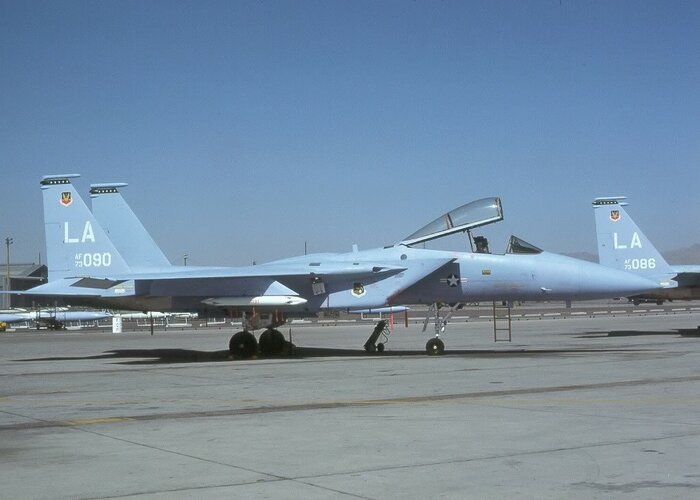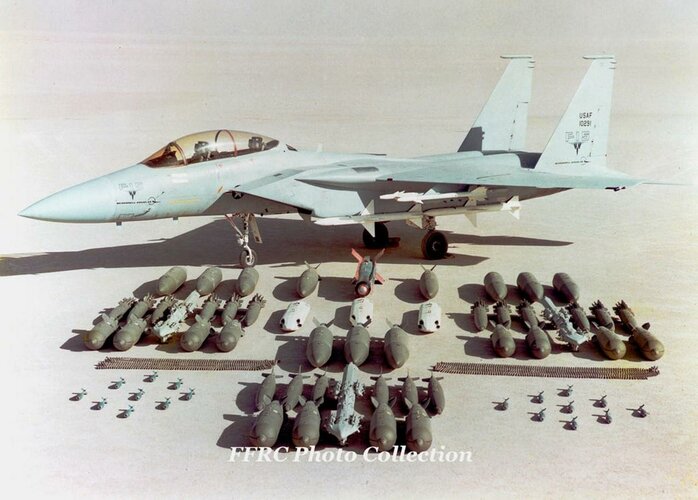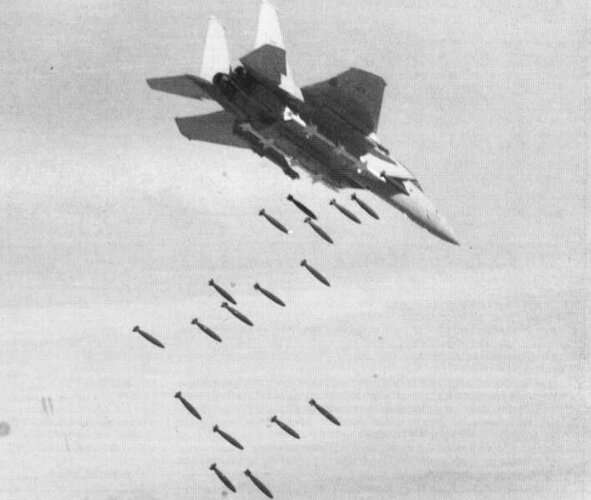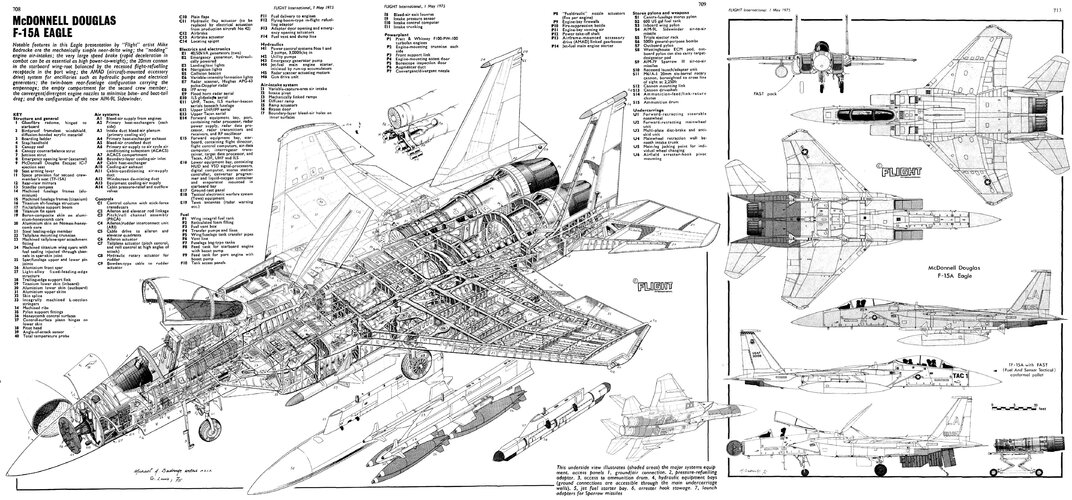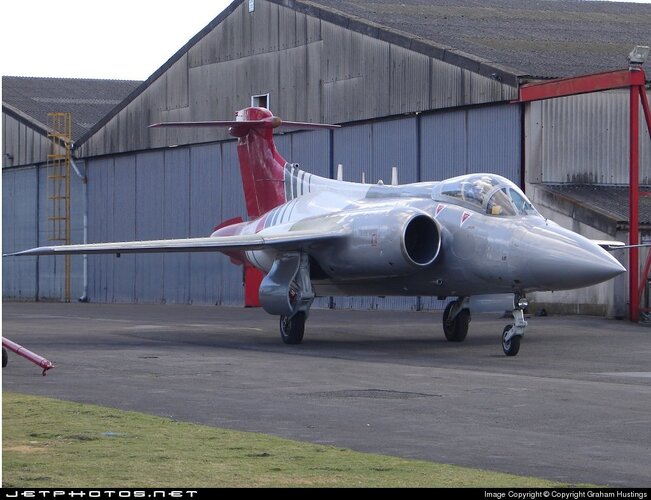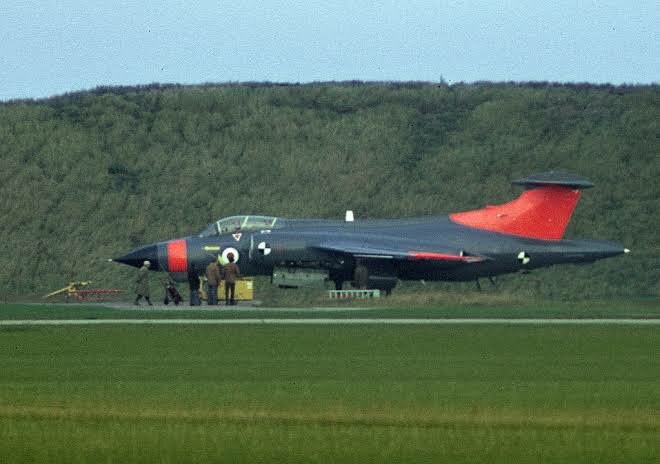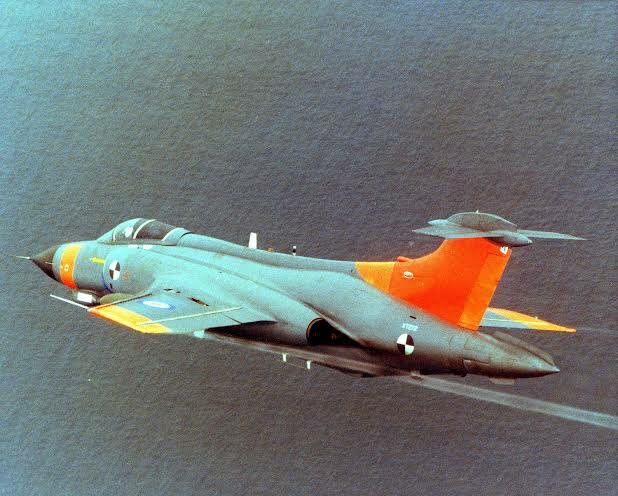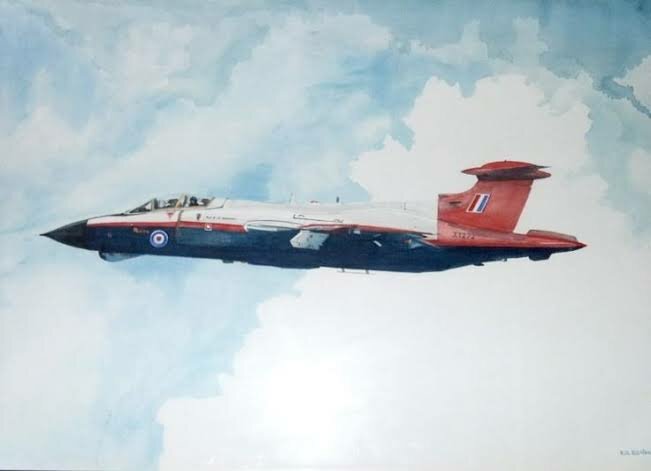What we have got in 1974?
US
F-14: in service, but haunted by compressor stall issue
F-15: yet to enter service, being queen of hanger for quite a while, with not even an ounce for ground attack emphasized
F-16: first flight just happened
France
Mirage IV: a bit dated
Mirage 2000: in development
Sweden
AJ-37: development and profile quite similar (strike version first, then interceptor was being developed), a bit short legged
Soviets (are you kidding?)
Su-17: short-legged, inferior avionics
Su-24: yet to enter service
MiG-23BN: lack of performance, inferior avionics
MiG-27: yet to enter service
Am I missing any other candidates?
US
F-14: in service, but haunted by compressor stall issue
F-15: yet to enter service, being queen of hanger for quite a while, with not even an ounce for ground attack emphasized
F-16: first flight just happened
France
Mirage IV: a bit dated
Mirage 2000: in development
Sweden
AJ-37: development and profile quite similar (strike version first, then interceptor was being developed), a bit short legged
Soviets (are you kidding?)
Su-17: short-legged, inferior avionics
Su-24: yet to enter service
MiG-23BN: lack of performance, inferior avionics
MiG-27: yet to enter service
Am I missing any other candidates?

